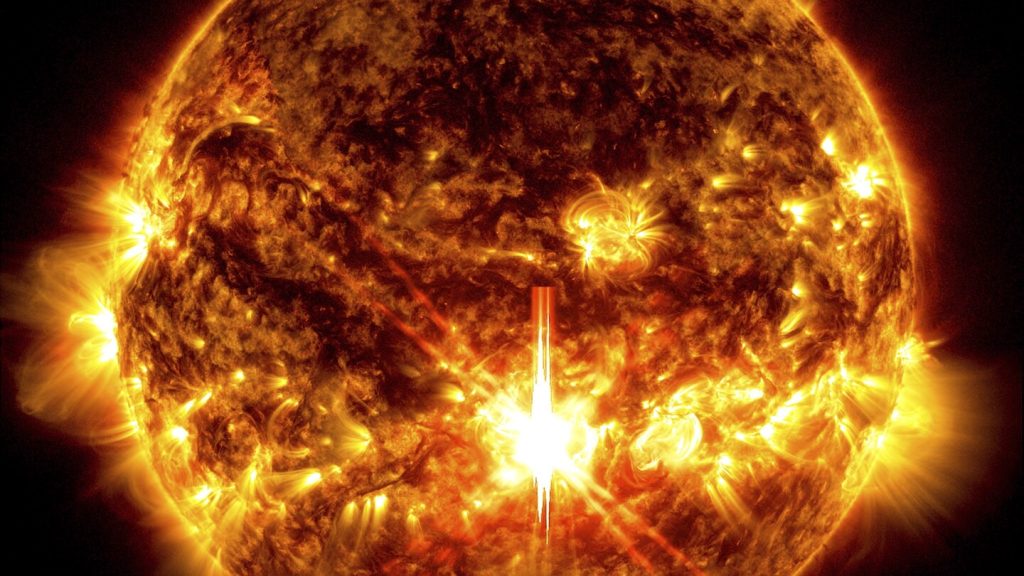Over the weekend, observers in the northern United States may witness faint northern lights due to solar storms that are currently being tracked by forecasters. These storms stem from the sun’s magnetic field, which is at the peak of its 11-year cycle, enhancing the frequency of such phenomena. Recent solar activity has included the release of two significant flares, one of which occurred on Thursday and has been noted as the most powerful since 2017. The solar storms are anticipated to allow for the potential visibility of pale auroras in regions as far south as South Dakota, Iowa, and New York. However, forecasters highlight that there remains considerable uncertainty regarding the intensity of the storms over the weekend.
These solar storms come on the heels of particularly strong solar activity in May, which resulted in spectacular northern lights displays across the Northern Hemisphere. Even though this week’s solar incidents included two notable flares, NOAA reports that they produced fewer ejections of high-energy plasma – a key element that typically fuels breathtaking auroras. As such, while the conditions may create a light show, its brilliance and reach may be limited.
Experts from the U.S. National Oceanic and Atmospheric Administration advise a cautious approach, noting the unpredictable nature of solar storms. Erica Grow Cei, the NOAA spokesperson, emphasized the necessity of ongoing monitoring to ascertain how these geomagnetic storms might evolve over the weekend. The dynamic nature of solar activity requires close observation to better understand potential impacts on both atmospheric conditions and the technologies we rely on daily, ranging from power grids to communication systems.
The increased visibility of auroras is a phenomenon that sparks widespread interest, not just among scientists, but also among the general public. People often travel great distances, sometimes braving harsh conditions, to experience the natural wonder of the northern lights in their full glory. The possibility of seeing them further south than usual adds to the excitement, creating a unique opportunity for many who may not typically have the chance to witness this celestial spectacle.
The interplay between solar activity and its effects on Earth touches on various fields, including space weather forecasting, renewable energy impacts, and telecommunications. Solar flares and storms can disrupt satellites, cause power outages, and interfere with radio and GPS signals. The ramifications extend beyond aesthetic wonder, affecting systems that modern society depends on, leading to increased calls for nuanced understanding and preparedness regarding extreme solar events.
In conclusion, while the weekend holds the promise of potential auroral displays driven by recent solar activity, the uncertainty of solar storm behavior underscores the complexities of atmospheric physics. Observers are encouraged to remain informed and prepared for changing conditions, reflecting the enduring fascination and importance of studying our sun’s activity. The collaboration of scientific organizations such as the NOAA highlights the commitment to improve our understanding of solar phenomena and their implications for life on Earth.

